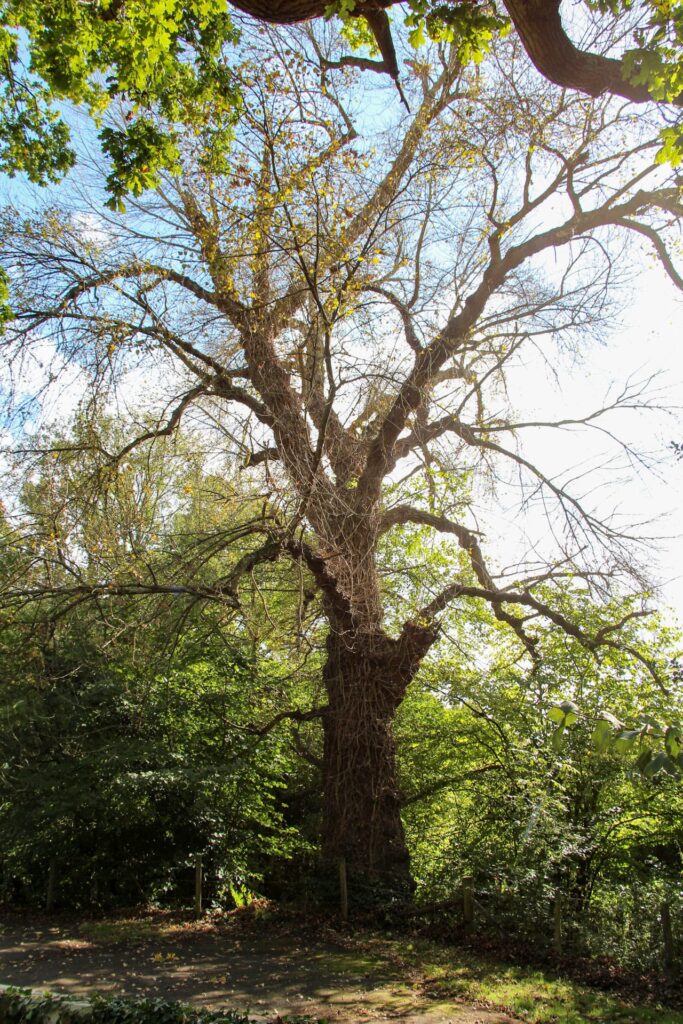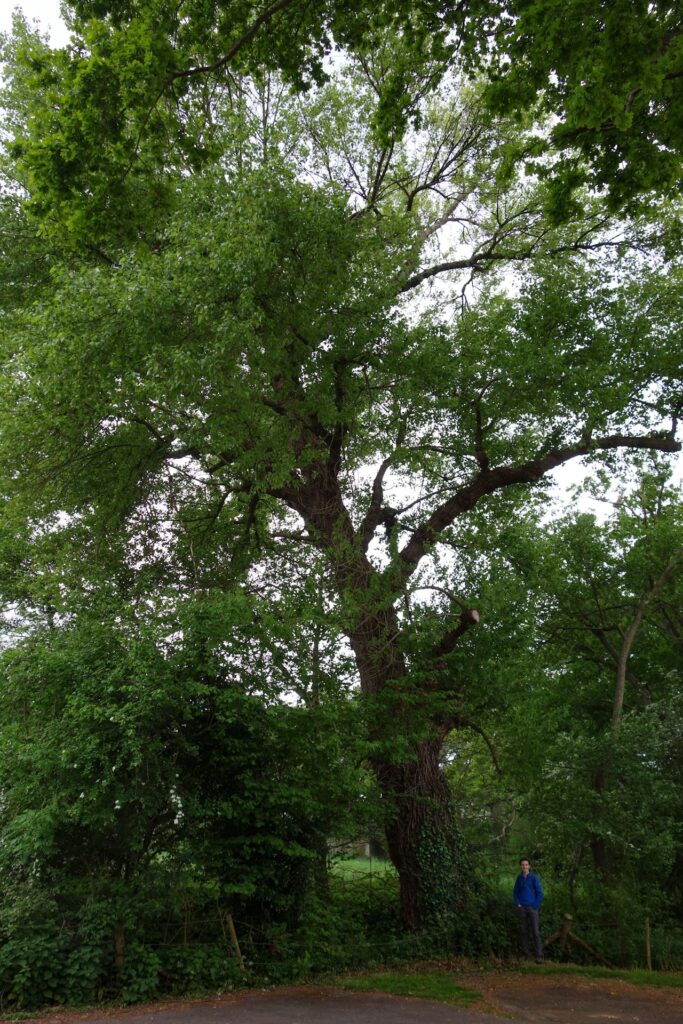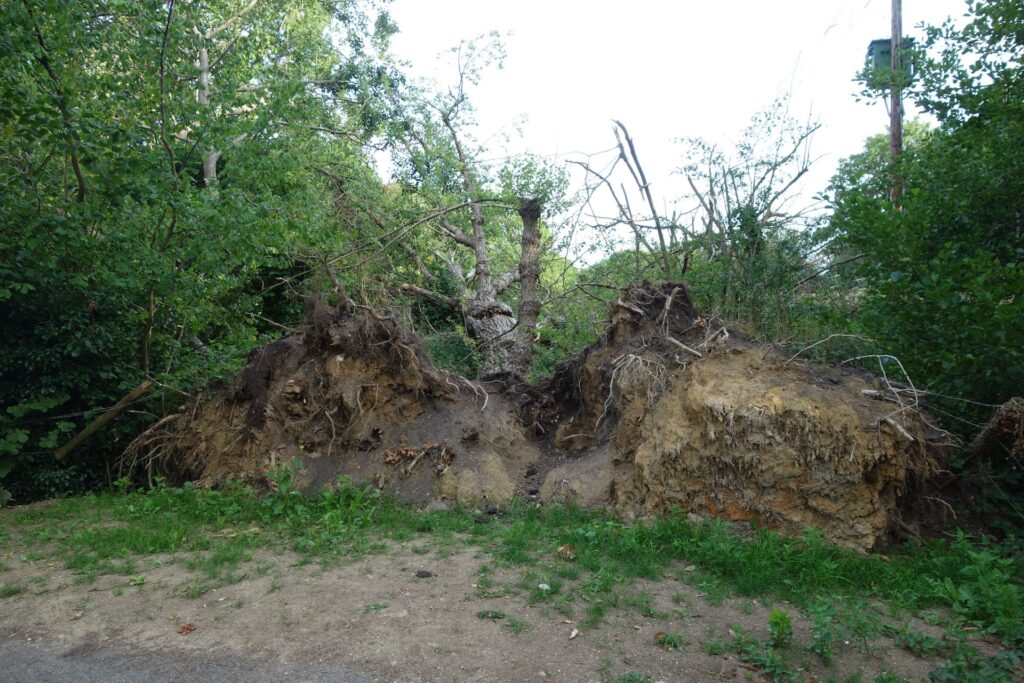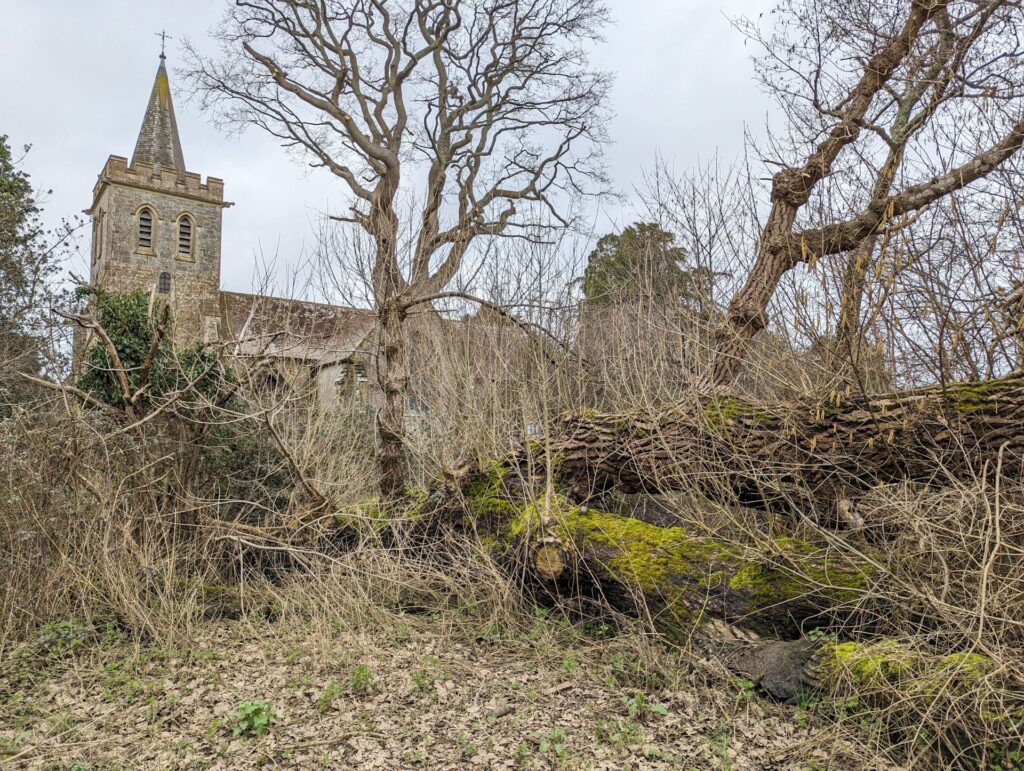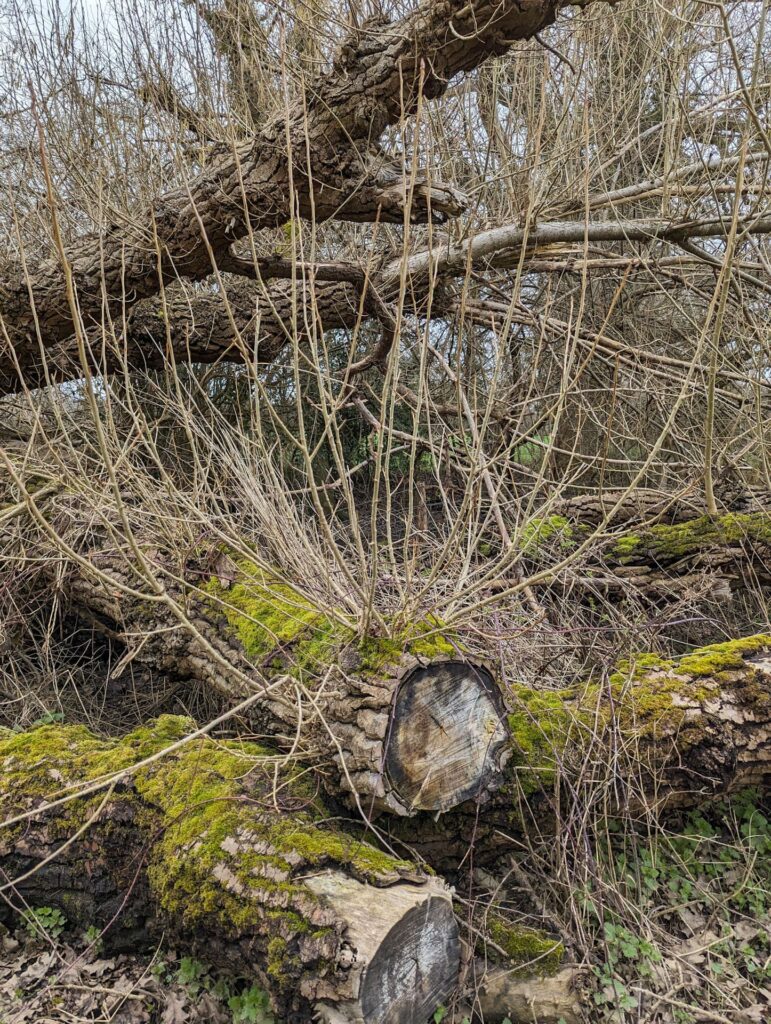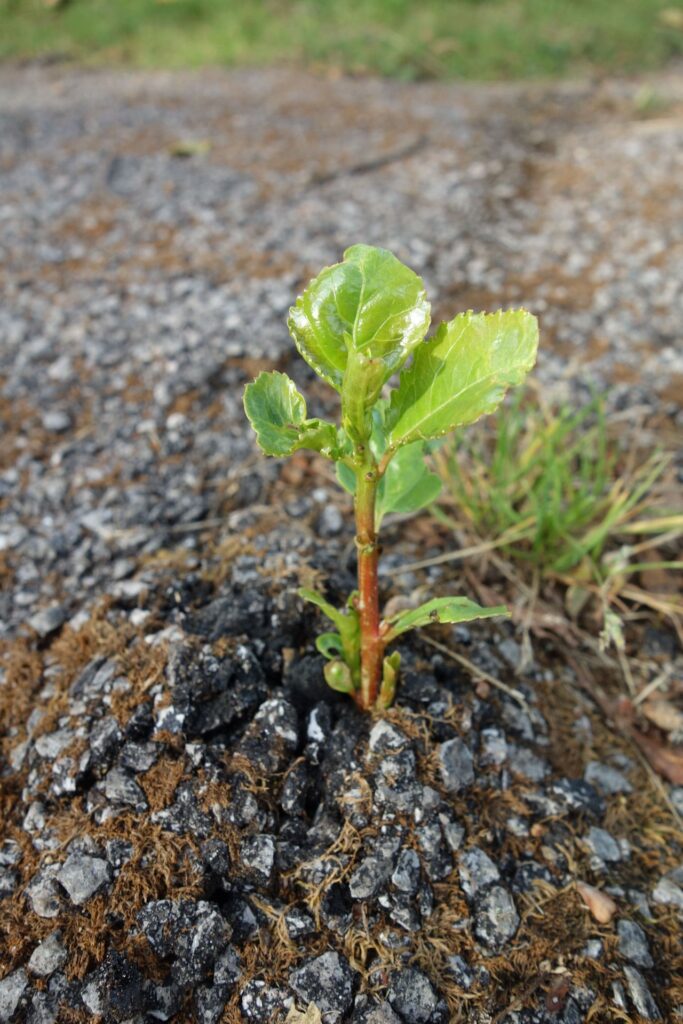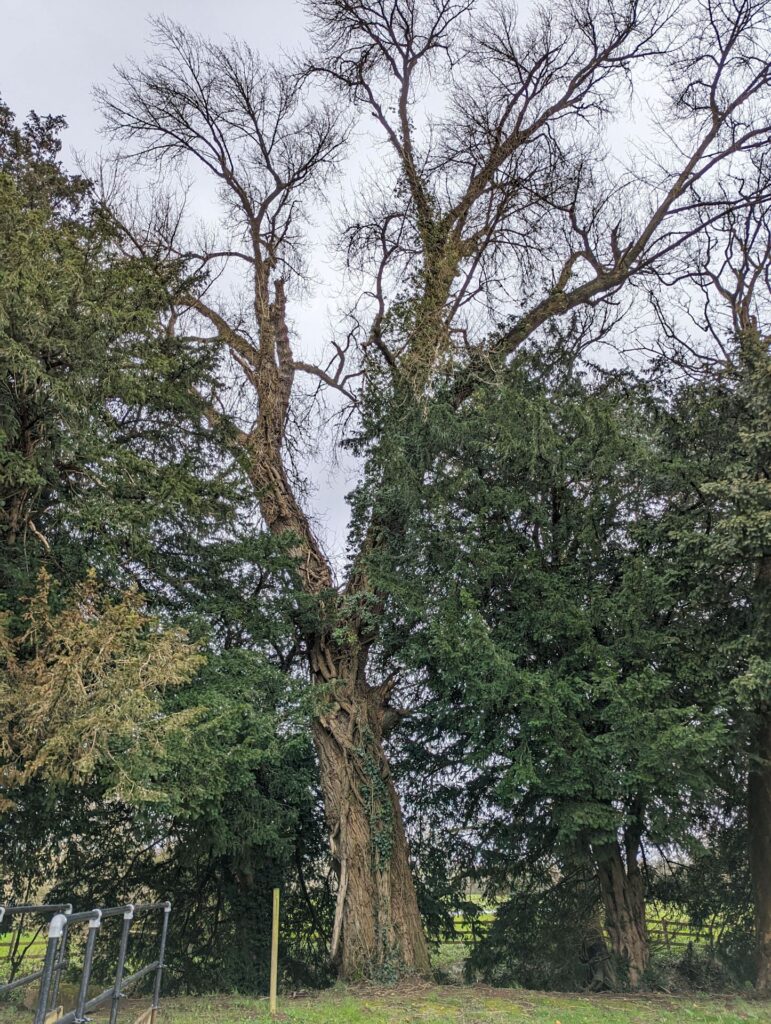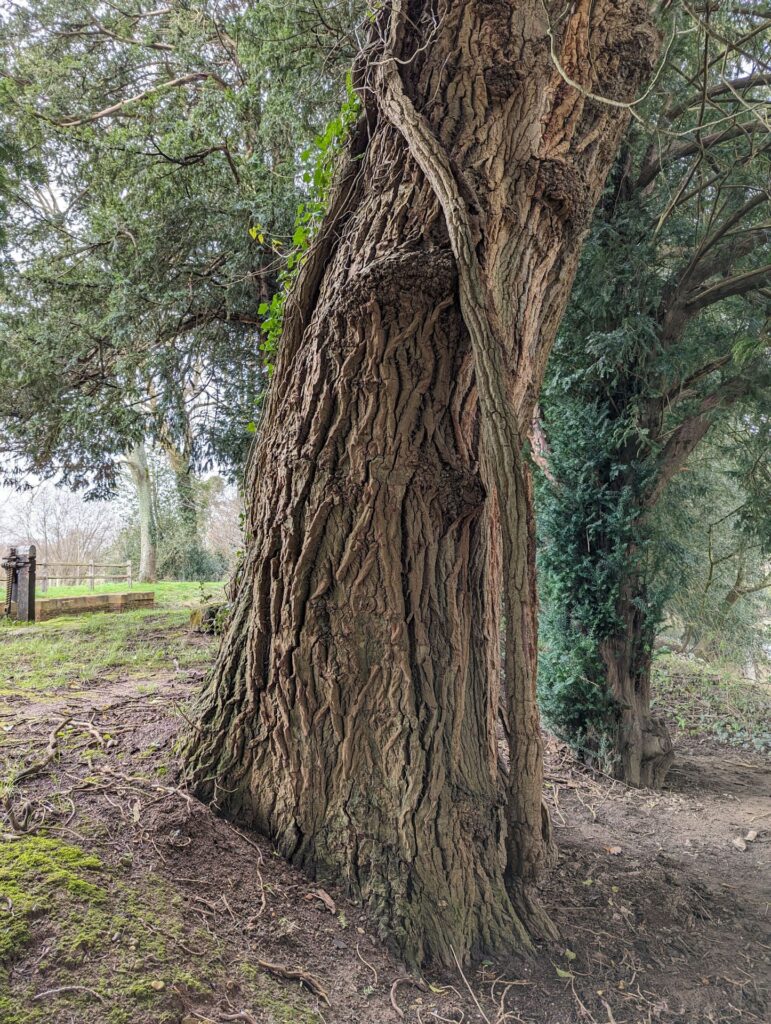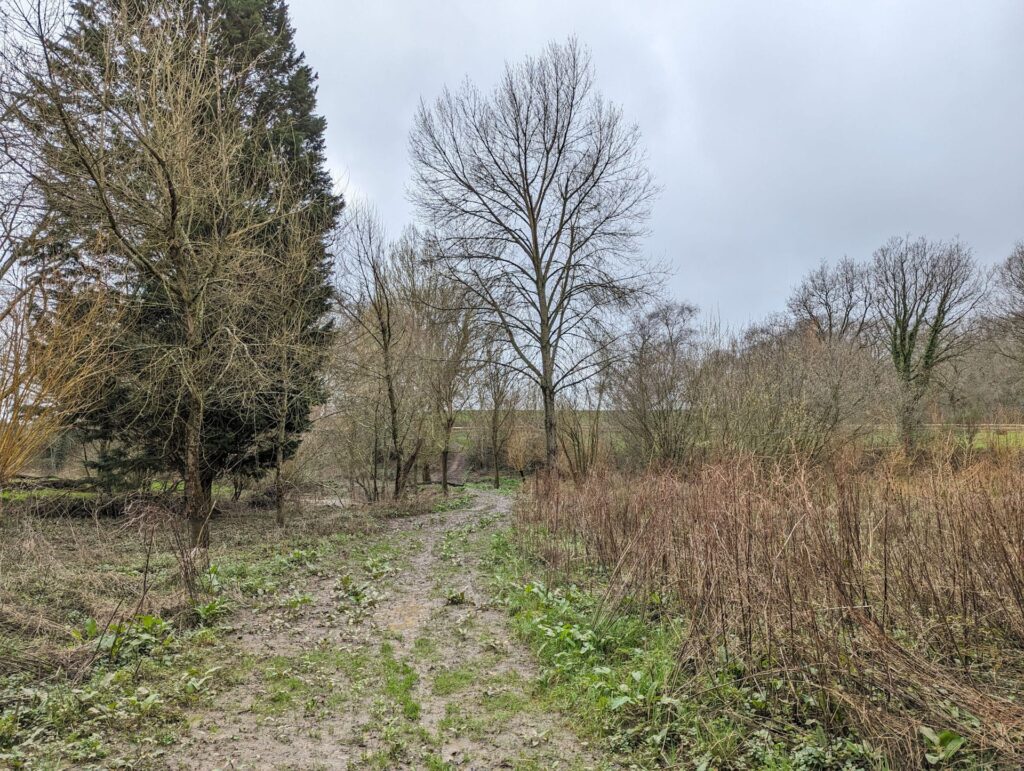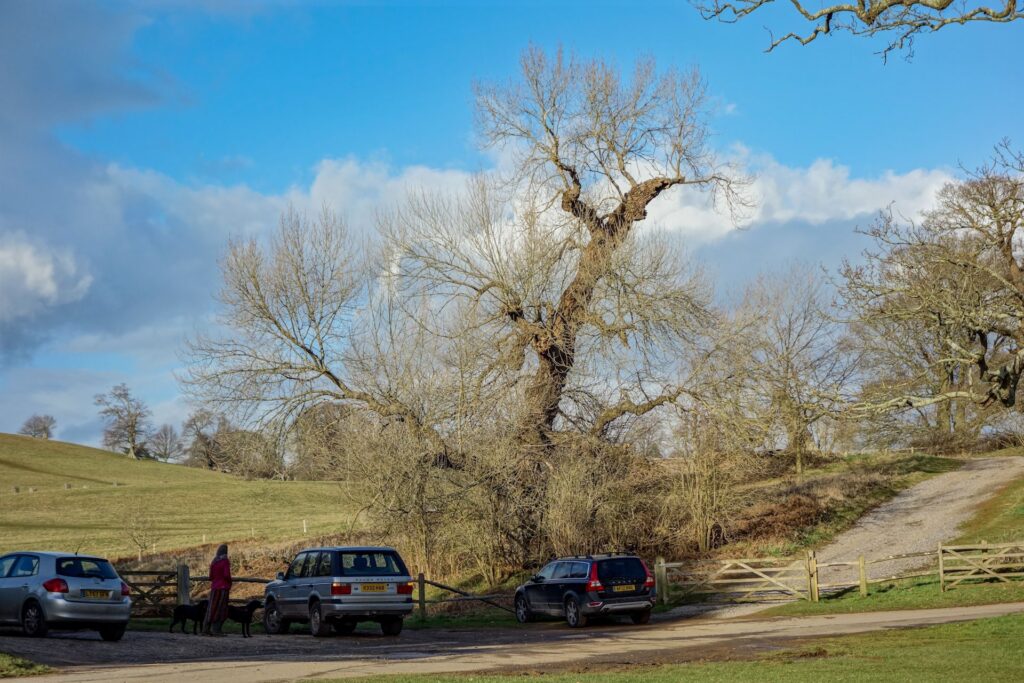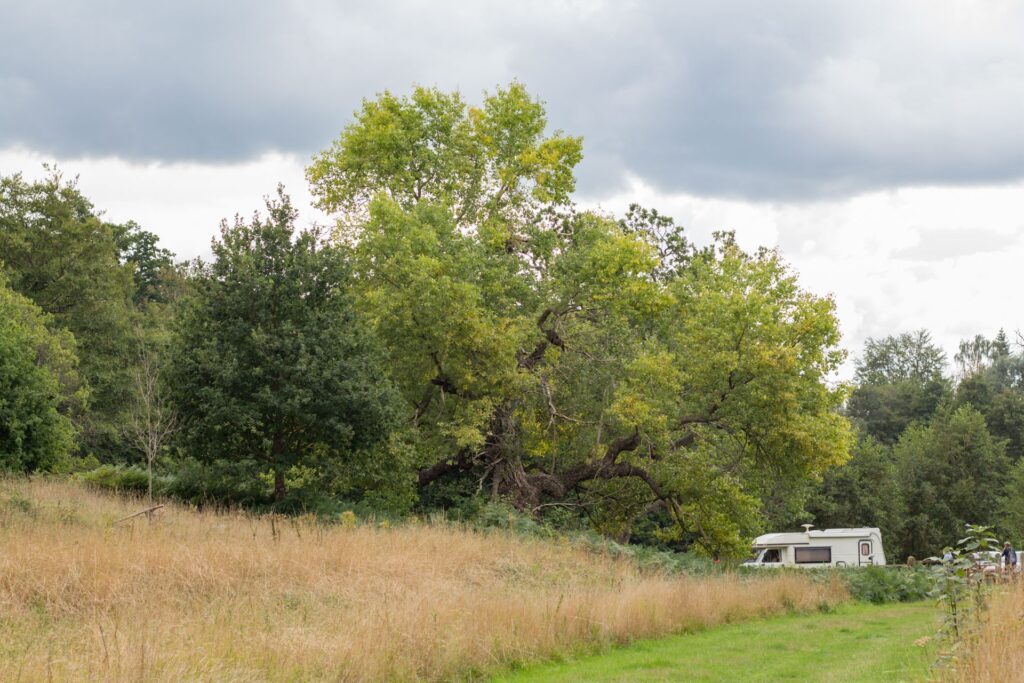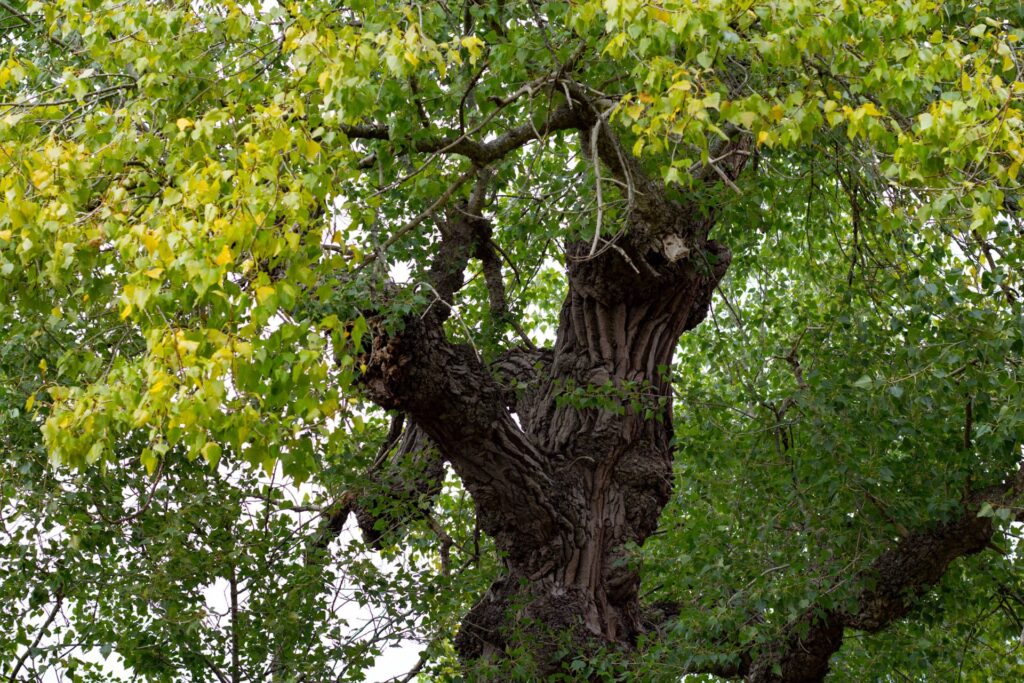The black poplar is one of Britain’s rarest native trees, with an estimated population of around ~7,000 trees left. The black poplar, like other poplars is dioecious, meaning the tree has male and female flowers on separate trees. This therefore means that for successful pollination to occur, a male and a female tree need to be growing close enough that the male pollen can reach the female tree. This is rather difficult given that the tree’s national population is so small and spread out. In addition, hybridisation can occur with introduced hybrid black poplars (Populus x canadensis), further minimising the chance of a true native black poplar growing from seed. Habitat loss has meant that there are very few ideal locations for native black poplars to set seed. They require an open area of soil, which will be kept moist for the growing season to allow for successful germination and survival of the seedling. The seeds of the black poplar have a short viability window and if the seeds don’t land in a suitable spot for germination, they can quite soon lose viability. Germination is rapid and often occurs within a matter of days, and usually within the first 24 hours of landing on a suitable substrate. Growth of the black poplar is usually fast, particularly when young, and can grow up to 1m or more in good years.
The black poplar found growing in the British Isles is a subspecies. Our native tree is known scientifically as Populus nigra subsp. betulifolia. It differs slightly from the continental species (Populus nigra subsp. nigra) by having fine downy hairs along the leaves and shoots, often leaning appearance, and a trunk often covered in burrs. The continental type (P. nigra subsp. nigra), on the other hand, has glabrous (hairless) leaves and shoots and tends not to have the burrs like that found on P. nigra subsp. betulifolia.

